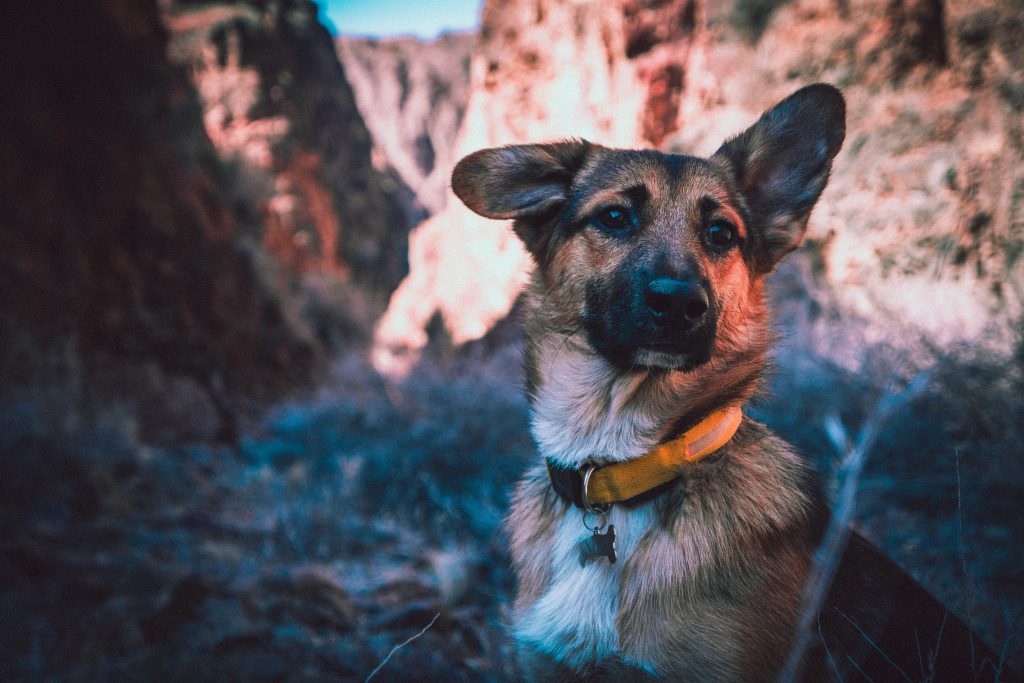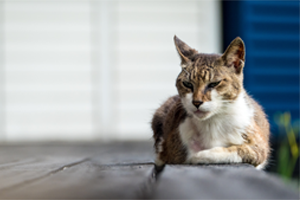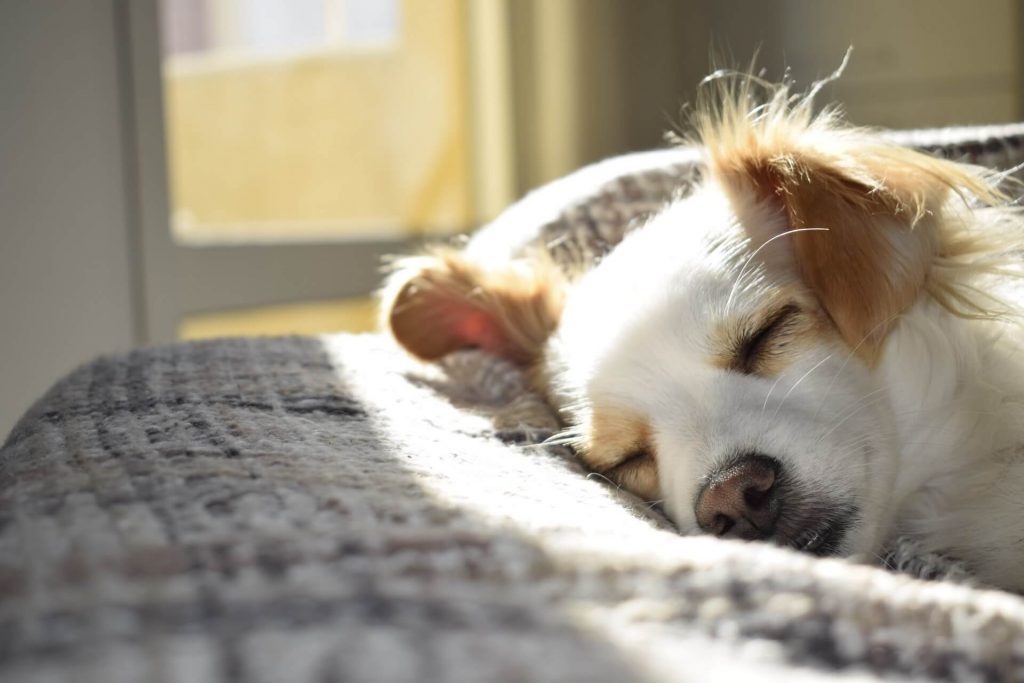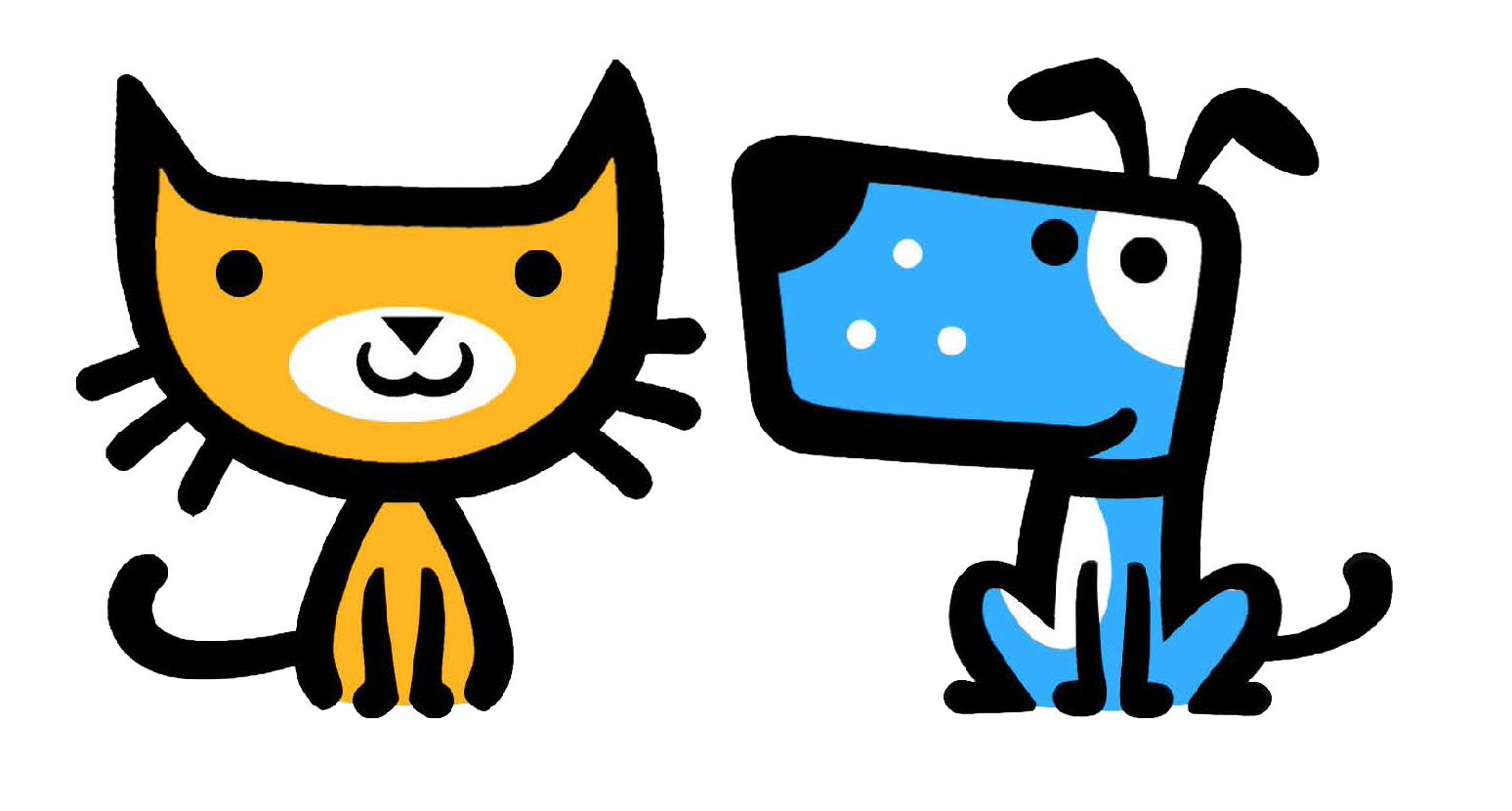Time to read: 8 mins
Key Stats
Life expectancy: 10 – 14 years
Height: 27 – 31 cm
Weight: 8 – 12 kg
About French Bulldogs
French Bulldogs, or Frenchies as they are are affectionately known, were bred to be companion dogs. They are stocky compact dogs with a friendly and mild-mannered temperament.
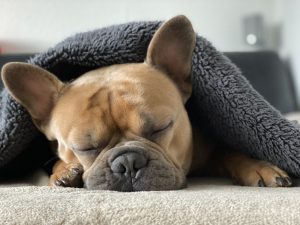
What to consider when owning a French Bulldog
French Bulldogs are well-suited to first time pet owners as they are not too boisterous and are an easy breed to train. These small dogs are adaptable to apartment living as they do not shed too much and do not have a tendency to bark excessively.
Cost
Where possible, it would be best to adopt rather than shopping, however if that’s the intention then French Bulldog puppies can cost anywhere between £1,000 to £3, 000 depending on their lineage.
On top of the purchase price you’ll also need to consider initial costs of things such as vaccinations and neutering, as well as ongoing costs of food, preventative healthcare. Some of these extra charges include:
- Microchipping
- Flea treatments
- Leash and collar
- Treats and food bowls
- Toys
- Beds
- Grooming
- Insurance
Grooming
French Bulldogs are easy to groom. They have a shorthaired coat which does not shed excessively. They will require a brush every week to get rid of the excess dirt and hair to keep, this will also help to keep shedding at bay. Frenchies skin can be sensitive so be sure to look out for any itchy, rough or flaky skin while grooming them.
Exercise
French Bulldogs need to be monitored when they are exercising. They have short snouts which means they pant continuously and can have difficulty cooling themselves down when the weather is warm. They often pant for a long time after exercise to cool themselves down or meet their oxygen requirements. As dogs have to pant to lose heat, these dogs are also more prone to heat stroke which can also cause loss of consciousness or death. Since Frenchies are at risk of overheating, it is encouraged that you take a carrier for them when walking around with your French Bulldog.
French Bulldog health concerns
Like most pedigree dogs, French Bulldogs are unfortunately genetically predisposed to a number of medical conditions and malformations, some of which include
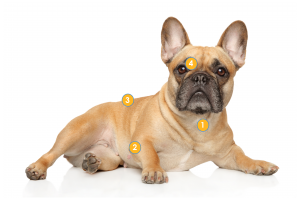
1. Brachycephalic Obstructive Airway Syndrome (BOAS)
BOAS is a combination of upper airway problems seen in dogs that are bred to have short noses and high domed foreheads. This breeding causes an excess of soft tissues in the upper airways that obstructs airflow and forces the animal to rely on open mouth breathing.
Some signs of BOAS are:
- The nostrils may be narrow or completely closed.
- The soft palate (at the back of the mouth) may be overlong and get dragged into the larynx when the dog breathes in.
- The tonsils are very large and inflamed and protrude into the back of the mouth.
- The larynx may be swollen and the mucosal lining of the sides may bulge into the airway contributing to airway obstruction (everted laryngeal ventricles).
- Brachycephalic or short nosed dogs have noisy breathing.
Dogs affected with BOAS may have one or all of these structures affected and this means that the dog may snore very loudly when asleep, or even snore when awake and at rest.
Surgical correction can be required to widen the nostrils and shorten the soft palate into an anatomically correct position as this will help increase upper respiratory airflow. Sometimes it is also necessary to remove the tonsils and any everted laryngeal ventricles. Taking into account their heat intolerance and exercising at appropriate times is a necessary precaution. Keeping their weight within a healthy level is very important to keep this condition at bay.
2. Medial Patella Luxation (MPL)
The condition is primarily caused due to genetics and is the consequence of selective breeding of dogs with a preferred bow-legged conformation. Animals are normally born with normal knees but begin to develop abnormalities of the bones and muscles of the hind limbs early in life. The most common direction the patella goes is to the medial (inside) aspect of the knee joint. When the powerful quadriceps mechanism starts to displace in this direction, it acts as a bowstring and causes the bones of the thigh (femur) and shin (tibia) to deform into a pronounced outwards bow. The groove that normally houses the patella does not develop properly and the limb deformities become self-perpetuating at this stage.
There is a grading system for the laxation of a patella from Grade 1 to 4, which is based on the how mobile the kneecap is relative to the groove at the base of the femur.
In immature animals, surgical management may be more appropriate in order to try to prevent the development of severe limb deformities. The cornerstones of non-surgical treatment are body weight management, physiotherapy, exercise modification, and anti-inflammatory painkillers.
3. Intervertebral disc disease (IVDD) or Slipped Disc
Common throughout short-legged dog breeds, intervertebral disc disease (IVDD) affects the shock-absorbing discs between the vertebrates of the spine. As a dwarf breed, French bulldogs’ carry a gene that leads to early breakdown of the outer ring of intervertebral discs. Their dwarfism causes deformities in the vertebral column as well as stress on the back from gait abnormalities. This means they are vulnerable to age-related degeneration. IVDD can also occur as a result of traumatic or repetitive injury, like a fall, jumping off furniture or climbing up or down stairs.
A condition commonly seen in French Bulldogs is Hansen Type I Intervertebral Disc Herniation – IVHD. This is an acute disc extrusions that results from a drying out of the nucleus pulpous, making the disc more prone to rupturing. Discs typically herniate in the direction of the spinal cord, resulting in compressive and contusive injury to the cord.
The two most common locations of the French Bulldog IVDD are the neck (Cervical) and the mid-section (Thoracolumbar). If the inner disc part herniates through its shell, it protrudes and compresses the delicate nerve tissue of the spinal cord, that in turn will inflict injury, brings on inflammation, pain, and swelling. Diagnosis is made through presentation and examination with either a CT or MRI. Dependent on location and severity of the herniation, where you see weakness or paralysis on presentation.
Paralysis may be gradual or sudden. Some signs of this include your dog being weak with a reluctance to exercise, they may have difficulty getting up, reluctance to move head up and down, painful back and sensitive to touch. Surgical treatment is required to treat this condition.
4. Cherry eye
This refers to this condition when the third eyelid (Nicotinic membrane) prolapses or “pops out”. It is seen as an oval-shaped protrusion originating from the nasal corner, or medial canthus of the eye. The third eyelid is a passive eyelid designed to physically protect the cornea as it acts as a windshield and distributes tears over the eye.
Cherry eye can occur in one or both eyes, usually in younger dogs. They vary in size from a very large obvious protrusion, to sometimes smaller and only intermittently visible. Usually they will be seen squinting, have excessive tear production and it may become red, dry and irritated thus causing your dog to scratch or rub at their eyes. This has secondary implications as the scratching may cause a corneal ulcer.
This condition can be painful as well as irritating. Treatment varies depending on the severity of the case. Massage and topical treatments may be advised, also surgical intervention to hold the membrane in place, but if there is significant diminished function from a chronic cherry eye, surgical removal may be required.
If you have any concerns about your dog’s health do not hesitate to get in touch with our Careline. They will be able to answer any questions that you may have.
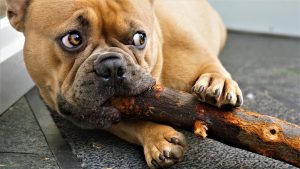
Pet insurance for French Bulldogs
French Bulldogs, like most pure-bred dogs, have their accompanying health issues. You never know what might happen as they get older. Find out how we can cover your pet from accidents as well as illnesses they may suffer from.
It’s normally best to insure your dogs from a young age, before any conditions become an issue. Insuring your French Bulldog from a young age will tend to be cheaper. Although you can get insurance for older dogs too.
See how we can help you by getting a quote today.
Join us today
Getting a quote for your dog or cat takes just 3 minutes.


